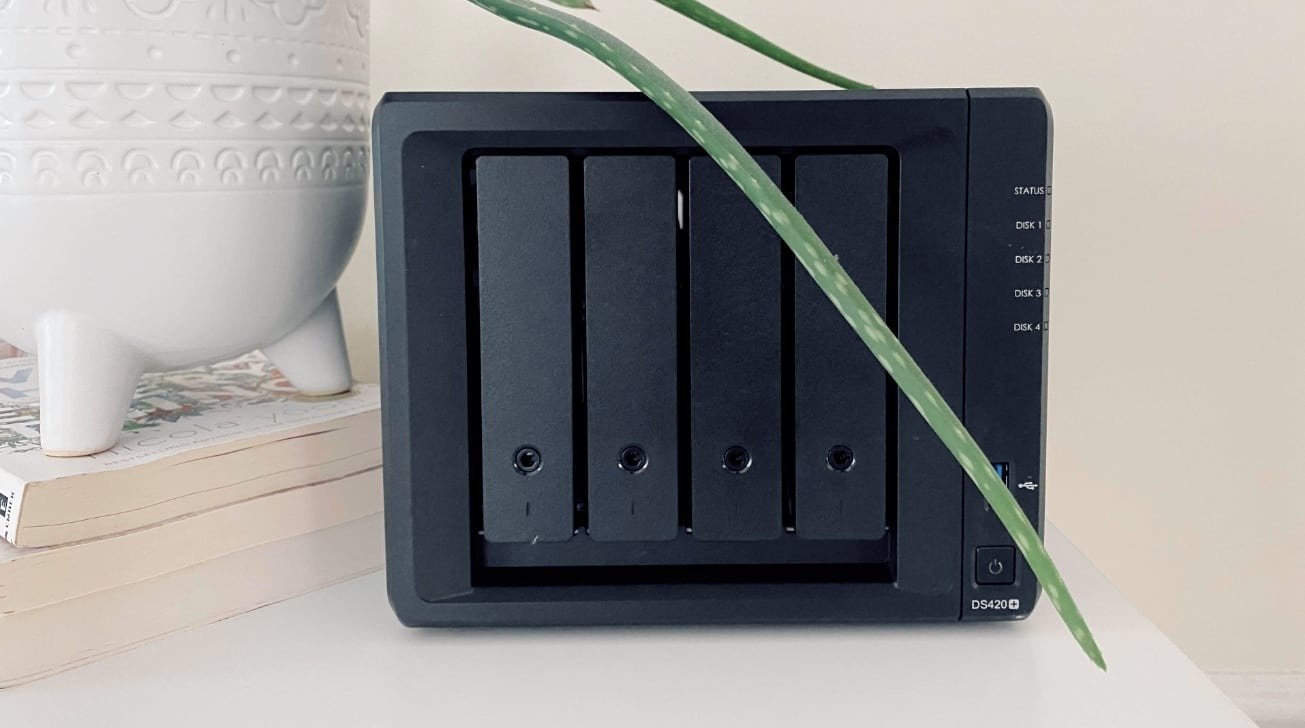Andropov
Site Champ
- Joined
- Nov 8, 2021
- Posts
- 739
If being network-attached is not a requirement, you can also get enclosures with hardware RAID in that price range, in case you fancy that. I got a QNAP TR-004 recently and it works well. The only issue I've had with it (and I believe this is common with other DAS enclosures) is that it automatically enters into standby mode and pulling it out of that mode takes a few seconds to spin the disks up again. Finder sometimes doesn't like that and freezes until the disks are online.Interesting so this is essentially a mass storage device for SATA drives, without NAS? If so that’s a great solution for me to deal with all my other drives.
I ended up not using the hardware RAID and setting it up so I could manage each disk individually, but I may set it up as a 4-disk RAID1 in the future, once I figure out where to store my second backup.


